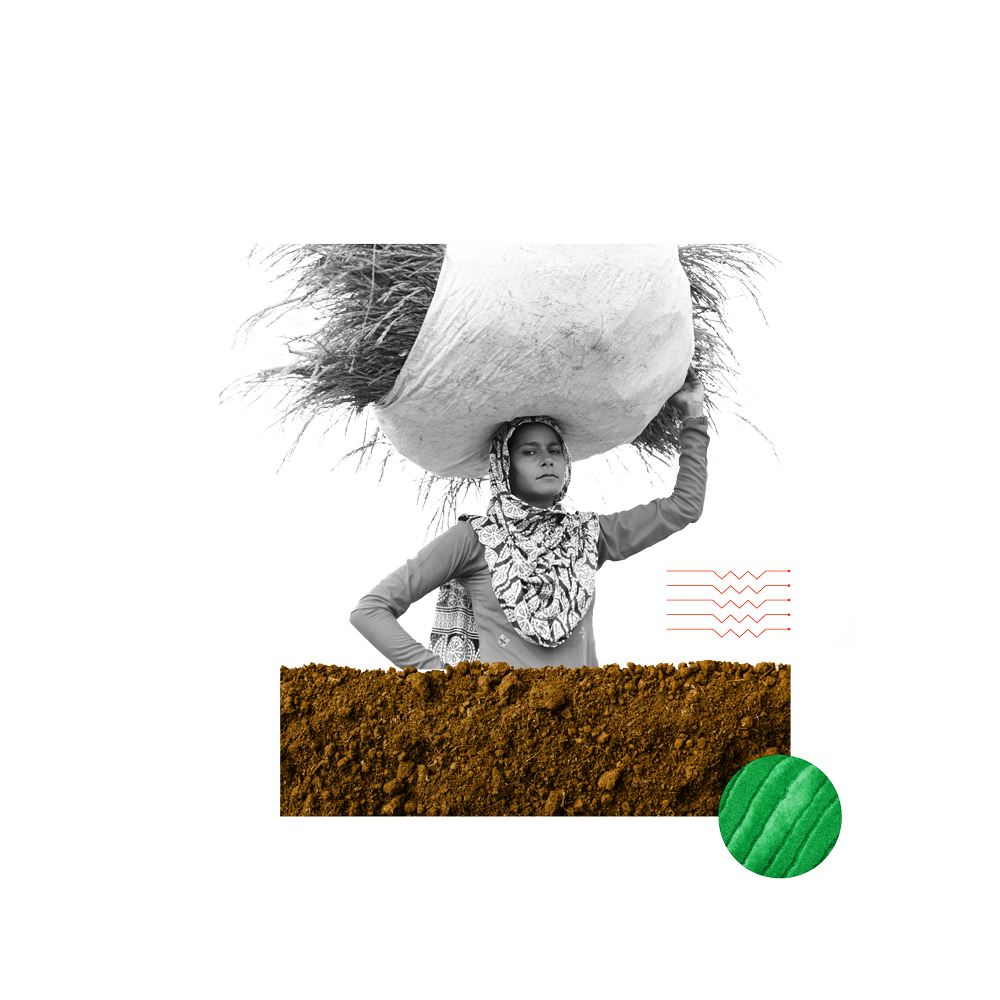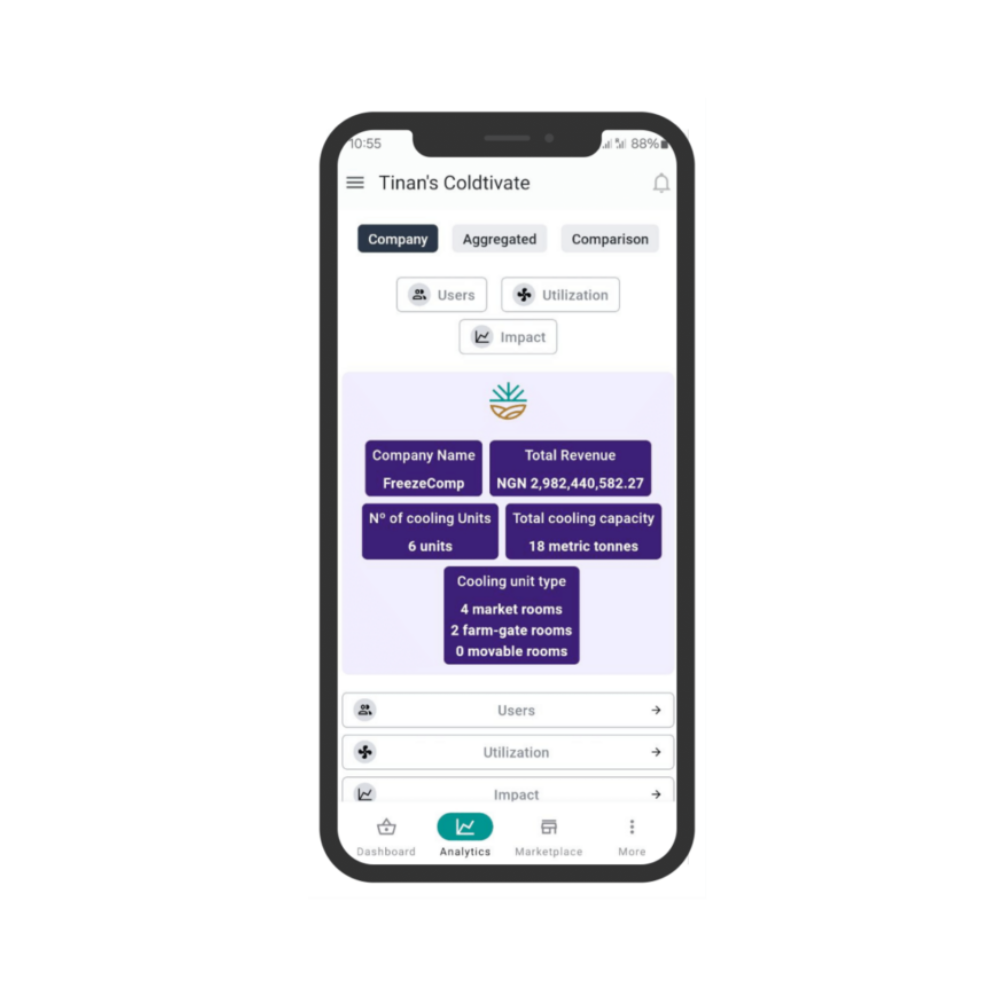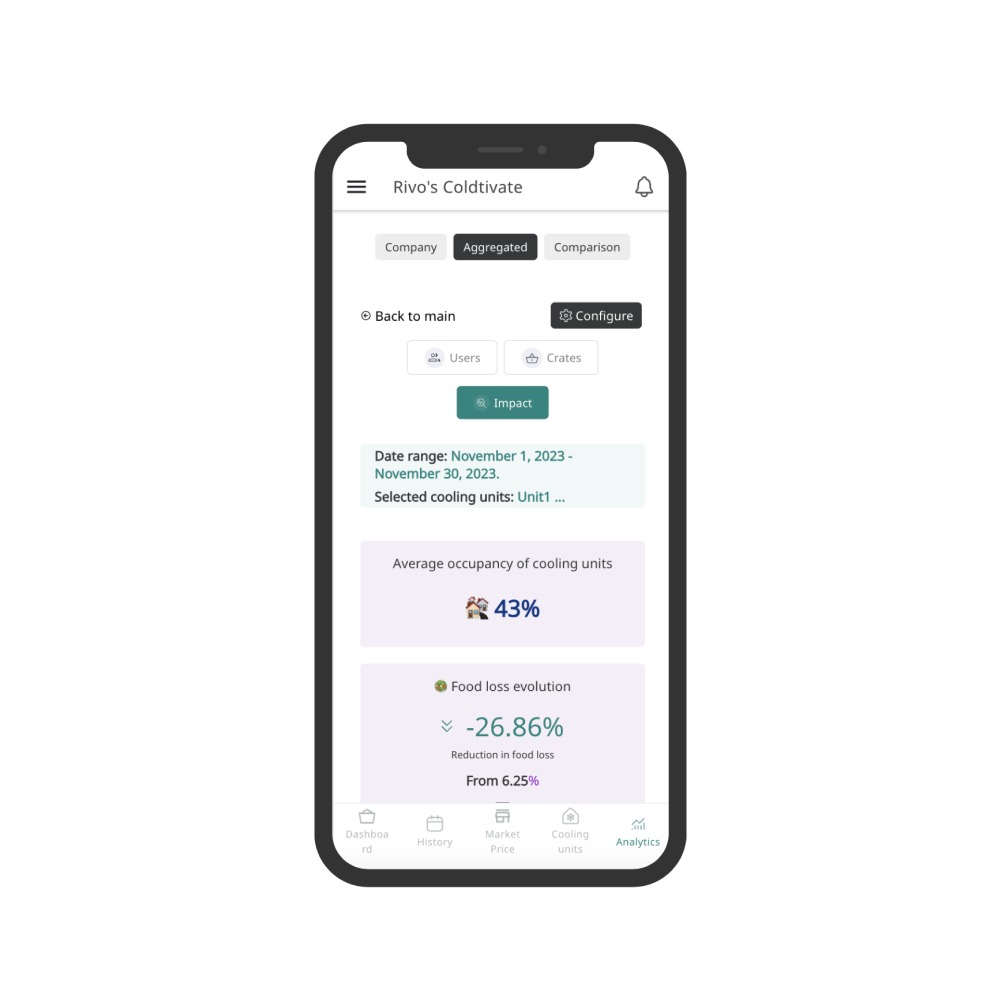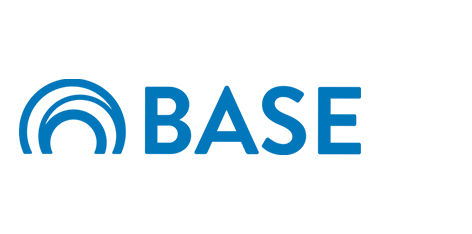Measuring Impact
Transparently
Your Virtual Cold Chain Assistant aims to mitigate post-harvest loss in the horticultural value chain, a leading cause of widespread poverty among smallholder farmers. We collaborate with local cooling companies and farmers organisations under the Cooling-as-a-Service business model to make solar-powered cold storage facilities economically and geographically accessible.
PRESENCE
10 cooling
companies
companies
38 cold rooms
301 MT cold room
capacity
capacity
36 locations
BENEFICIARIES
494 cooling users benefitting,
of which 29% are women
of which 29% are women
2173 indirect beneficiaries
3878 informed farmers,
of which 34% are women
STORAGE
362.2 TONS of fruits and vegetables stored in cold rooms
17119 crates checked in
Beans, Apples, Carrots, Grapes, and Bell Peppers are among the top most crops stored in cold rooms using Coldtivate




ENVIRONMENT
744 TONS Co2e emissions avoided per year from diesel generator removal
251 TONS Co2e emissions avoided per year from avoided crop spoilage
POST-HARVEST LOSS
-61.8%reduction in
postharvest loss
postharvest loss
From 9.10%to 3.50%
FARMERS' REVENUE
+43,7%increase in earnings
from crop sales
from crop sales
From $10.24to$14.73
Weekly follow-up surveys track revenue growth from a baseline.
FINANCE
$3.89 milfinance mobilised
Last Updated: 19/05/2025
HOW DATA DRIVES INVESTMENTS IN SUSTAINABLE COOLING SOLUTIONS
Cooling companies offering decentralised cold storage solutions often face difficulties in attracting investments due to the lack of reliable data showing the viability of their business. By digitalising cold room operations, they are now able to better showcase their business performance and credit worthiness. Similarly, smallholder farmers using cold storage can use their storage history to provide a track record of successful payments to unlock lending and microcredit opportunities.
COLDTIVATE IMPACT DASHBOARD
Coldtivate Impact Dashboard allows cooling companies to track and compare room performance, monitor the impact of their intervention, and showcase the viability of their business. It includes information about the evolution of post-harvest losses and farmers' revenue, based on user-data, and environmental metrics on the emissions saved. The data is exportable, and is also visible by cooling users in the Farmers' Dashboard. The development of this feature has been supported by the Climate Ledger Initiative and the Swiss Agency for Development and Cooperation (SDC).
CONSORTIUM
Join us!
Join us!
Join us!
Join us!
Join us!
Join us!
Join us!
Join us!
Join us!
Join us!
Join us!
Join us!
Join us!
Join us!
Join us!
Join us!
Join us!
Join us!
Join us!
Join us!
Join us!
Join us!
Join us!
Join us!
Join us!
Join us!
Join us!
Join us!
Join us!
Join us!
Join us!
Join us!
Join us!
Join us!
Join us!
Join us!
Join us!
Join us!
Join us!
Join us!
Join us!
Join us!
Join us!
Join us!
Join us!
Join us!
Join us!
Join us!
Join us!
Join us!
Join us!
Join us!
Join us!
Join us!
Join us!
Join us!
Join us!
Join us!
Join us!
Join us!
Join us!
Join us!
Join us!
Join us!
Join us!
Join us!
Join us!
Join us!
Join us!
Join us!
Join us!
Join us!
Join us!
Join us!
Join us!
Join us!
Join us!
Join us!
Join us!
Join us!
Join us!
Join us!
Join us!
Join us!
Join us!
Join us!
Join us!
Join us!
Join us!
Join us!
Join us!
Join us!
Join us!
Join us!
Join us!
Join us!
Join us!
Join us!
Join us!
Join us!
Join us!
Join us!
Join us!
Join us!
Join us!
Join us!
Join us!
Join us!
Join us!
Join us!
Join us!
Join us!
Join us!
Join us!
Join us!
Join us!




